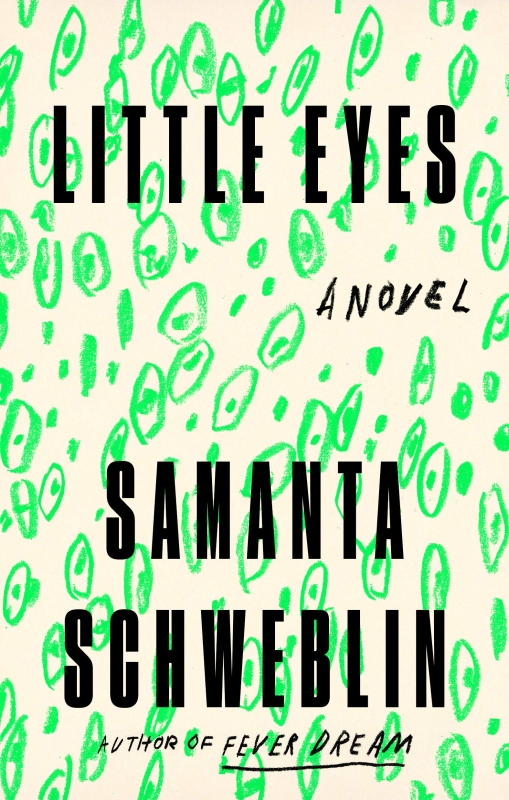
Consequently, they give up the money they had been saving to buy a bicycle, instead planting marigold seeds with the superstitious belief that if the flowers bloom, Pecola's baby will survive. After raping her a second time, he flees, leaving her pregnant.Ĭlaudia and Frieda are the only two in the community who hope for Pecola's child to survive in the coming months. His motives are largely confusing, seemingly a combination of both love and hate.

One day in the novel's present time, while Pecola is doing dishes, drunk Cholly rapes her. Pauline now works as a servant for a wealthier white family. The novel, through flashbacks, explores the younger years of both of Pecola's parents, Cholly and Pauline, and their struggles as African Americans in a largely White Anglo-Saxon Protestant community. The chapter titles contain sudden repetition of words or phrases, many cut-off words, and no interword separations. Additionally, most chapters' titles are extracts from the Dick and Jane paragraph in the novel's prologue, presenting a white family that may be contrasted with Pecola's. In an attempt to beautify herself, Pecola wishes for blue eyes. Pecola is continually reminded of what an "ugly" girl she is by members of her neighborhood and school community. Pecola is a quiet, passive young girl who grows up with little money and whose parents are constantly fighting, both verbally and physically. Henry, and Pecola Breedlove, a temporary foster child whose house was burned down by her unstable, alcoholic, and sexually abusive father. In Lorain, Ohio, nine-year-old Claudia MacTeer and her ten-year-old sister Frieda live with their parents, a tenant named Mr. The book's controversial topics of racism, incest, and child molestation have led to numerous attempts to ban the novel from schools and libraries in the United States.


In addition, there is an omniscient third-person narrative that includes inset narratives in the first person. She is the daughter of Pecola's foster parents. The novel is told from Claudia MacTeer's point of view.

As a result, she develops an inferiority complex, which fuels her desire for the blue eyes she equates with "whiteness". Set in 1941, the story is about how she is consistently regarded as "ugly" due to her mannerisms and dark skin. The novel takes place in Lorain, Ohio (Morrison's hometown), and tells the story of a young African-American girl named Pecola who grew up following the Great Depression. The Bluest Eye, published in 1970, is the first novel written by Toni Morrison.


 0 kommentar(er)
0 kommentar(er)
